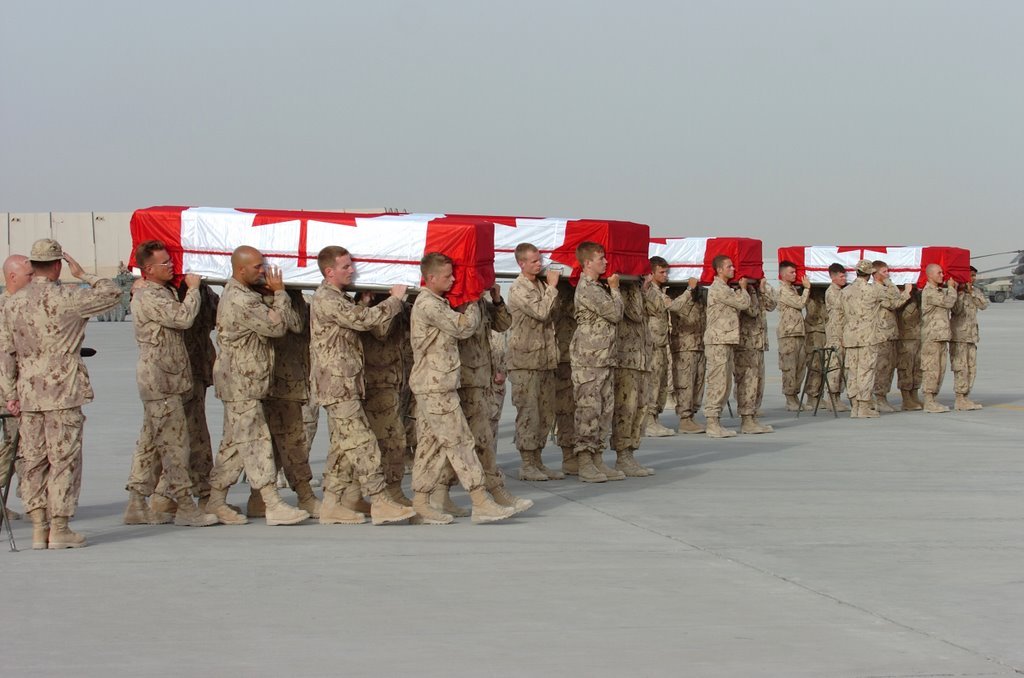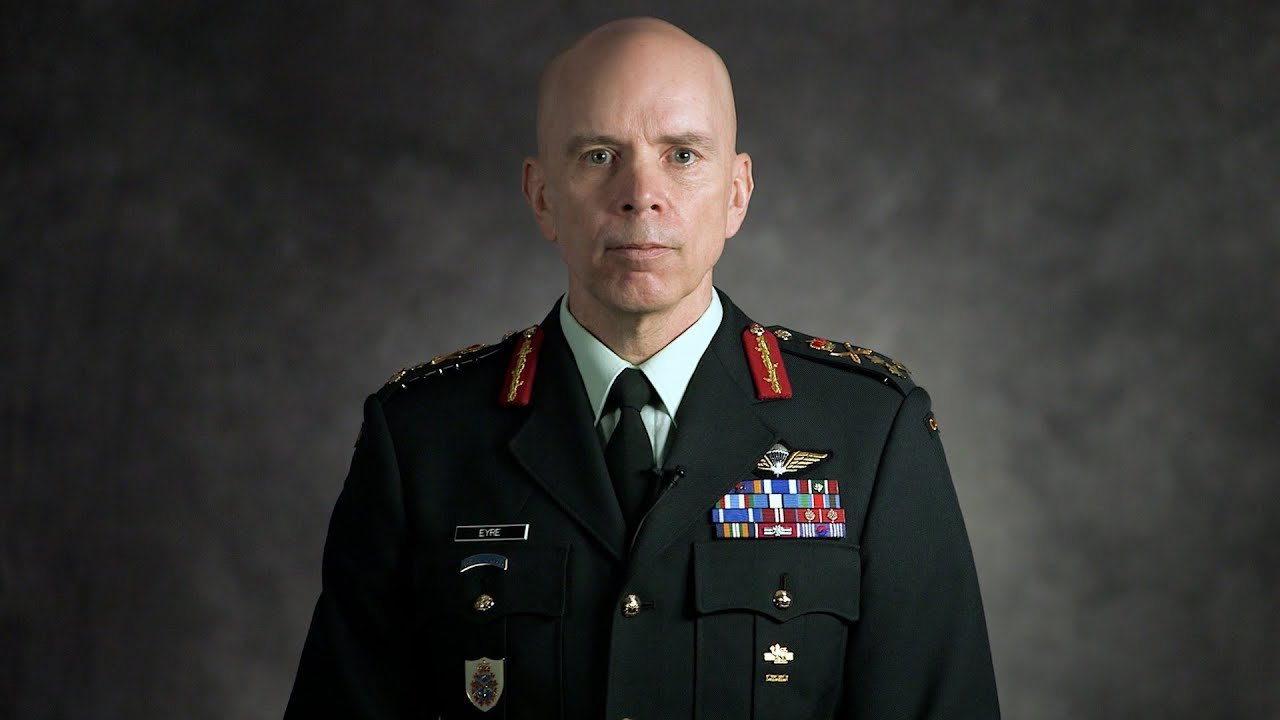By Scott Taylor
As we fast approach the end of 2023, it is a natural milestone to reflect on the state of the Canadian Armed Forces.
How did they fare in the previous 12 months and what we can expect in 2024 and beyond?
The most objective manner in which to access the Canadian military is by the numbers, and spoiler alert, those numbers are not good.
One of the most crippling statistics is that the CAF are presently 16,500 personnel short of a combined regular and reserve strength of 115,000.
This represents a nearly 15 per cent shortfall in trained personnel. To put that into context, the Pentagon considers any unit which suffers 10 per cent casualties in battle to be hors-d’combat (aka out of action).
The commander of the Royal Canadian Navy, Vice-Admiral Angus Topshee, recently released a video message in which he admits that Canada’s navy will be unable to fulfill their mission objectives in the near future.
There is also a crippling shortage of trained pilots in the RCAF which has resulted in the cancelling of Canadian participation in joint foreign exercises.
The Canadian Army recently acknowledged that it will need $220 million worth of equipment to simply replace those weapons and vehicles which Canada has already donated to the Armed Forces of Ukraine.
Ammunition is one item in particularly short supply as a result of our contribution to the war in Ukraine. At a recent briefing to Parliament, Chief of Defence Staff, General Wayne Eyre bemoaned the fact that there is only three day’s worth of ammunition left in Canadian magazines based on an expenditure rate commensurate with what we observe in Ukraine.
The $26.5 billion allocated to Canada’s defence budget only represents 1.3 per cent of Canada’s Gross Domestic Product (GDP).
The usual tub-thumpers bemoan the fact that this remains well below the NATO Alliance’s stated goal of two per cent of GDP spent on defence.
However, the truth is that DND is so woefully mismanaged and under strength that Canada does not even spend that full $26.5 billion.
As a result of project delays, some $2 billion of procurement money went unspent last year, and the shortfall in personnel saved taxpayers more than $1 billion in salaries and benefits.
Recruiting remains a challenge despite the 2023 change in dress regulations which now allows all hairstyles, facial hair, tattoos, piercings and choice of gender uniform items.
Of course a major impediment to those considering a career in uniform has been the steady stream of negative news reports about widespread sexual misconduct. Again, the numbers don’t lie and they only got worse in 2023.
The most recent numbers released by Statistics Canada reveal that in 2022, despite the barrage of media reports and widespread public scrutiny, the number of reported cases of sexual assault actually increased.
An estimated 1,960 regular force members – or roughly 3.5 percent, “reported that they were sexually assaulted in the military workplace or outside the workplace in an incident that involved CAF or other military members in the 12 months preceding the survey” the Statistics Canada report stated.
A would be recruit considering a 30-year career can do the math, calculate that this amounts to a 100 per cent chance of being sexually assaulted at some point and politely decline the military’s offer of employment.
Unfortunately, without a major uptake in recruiting and training to bring the CAF back to full strength, the coming year will be a steep challenge.
The RCN will be taking delivery of more ships, while they cannot put the ones they have to sea for want of trained crew members.
The Canadian Army is to increase the forward deployed battle group in Latvia to the status of full brigade while lacking ammunition for training and still awaiting the acquisition of a low-level air defence system.
The first of the newly purchased F-35 Strike Fighters is due for delivery in 2026, with a total of 88 being received by 2029.
Somehow the RCAF will need to keep their aging CF-18 Hornets operational while transitioning to this next generation fighter. Again this will require a major turn around in recruiting and training to keep apace with current attrition.
As the old recruiting ads used to say about the CAF --“There’s no life like it.”




















